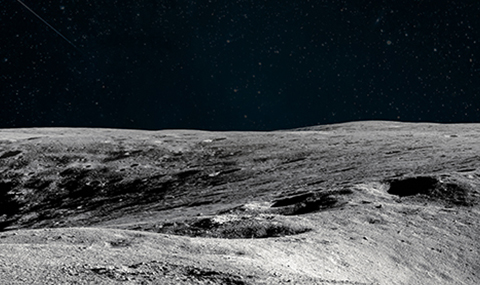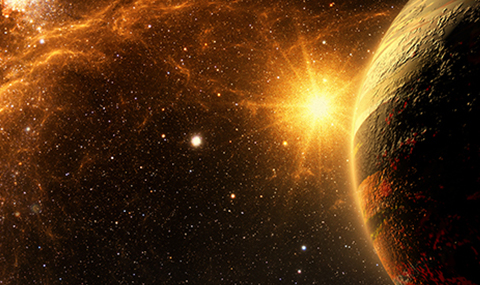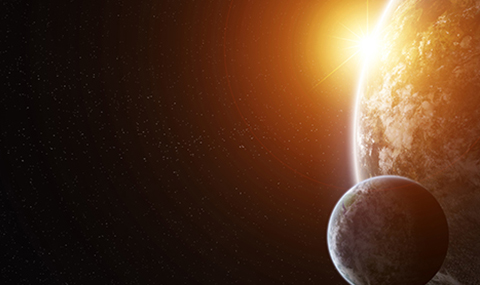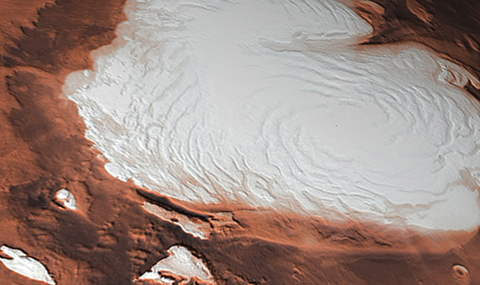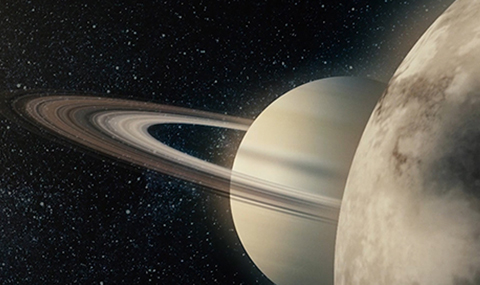Participation in Space Exploration Missions
 |
Mission ScientistMission name: SpaceIL Scientific instrument: SpaceIL Magnetometer (SIL-MAG) SpaceIL is an Israeli mission aiming to land a spacecraft on the surface of the Moon as part of the Google Lunar XPrize competition. |
 |
Co-InvestigatorMission name: JUpiter ICy moons Explorer (JUICE) Scientific instruments: optical camera JANUS, JUICE will spend at least three years making observations of the giant gaseous planet Jupiter and three of its largest moons, Ganymede, Callisto and Europa. |
 |
Co-InvestigatorMission name: Lunar Reconnaissance Orbiter (LRO) Scientific instruments: LRO Orbiter Laser Altimeter (LOLA), LRO is a robotic mission that set out to map the Moon's surface. |
 |
Co-InvestigatorMission name: Mars Reconnaissance Orbiter (MRO) Scientific instrument: Mars Climate Sounder (MCS) MRO studied the surface, monitored the atmosphere, and probed underground, all to gain better knowledge of the distribution and history of Mars’ water. |
 |
Participating ScientistMission name: Mars Exploration Rover (MER) MER is robotic space mission involving two Mars rovers, Spirit and Opportunity, exploring the planet Mars. |
 |
Co-InvestigatorMission name: Cassini-Huygens Scientific instrument: Cassini Radio Detection and Ranging (Cassini RADAR) Mission includes a Saturn orbiter (Cassini) and a lander (Huygens) for the moon Titan. |
 |
Mission name: Mars Global Surveyor (MGS) Mission target: Mars Launch: November 7, 1996 from Cape Canaveral (USA) Web site: mars.nasa.gov/mgs Scientific instrument: Mars Orbiter Laser Altimeter (MOLA) MGS was a global mapping mission that carried a suite of science instruments for studying the entire Martian surface, atmosphere, and interior. |
 |
Mission name: Near Earth Asteroid Rendezvous (NEAR Shoemaker) Mission target: asteroid 433 Eros Launch: February 17, 1996 from Cape Canaveral (USA) Web site: near.jhuapl.edu Scientific instrument: NEAR Laser Rangefinder (NLR) NEAR Shoemaker was a robotic space probe designed to study the near-Earth asteroid Eros from close orbit over a period of a year. |

